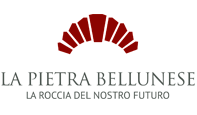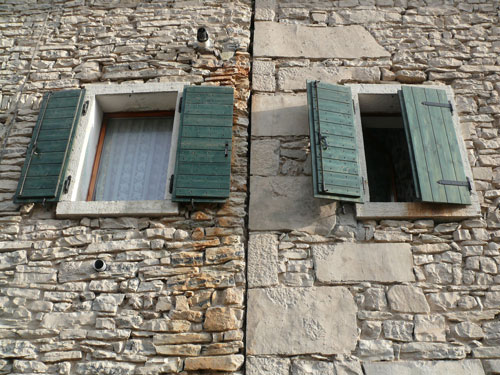Telling history
Cugnan stone in Ponte nelle Alpi
The most common structures were: common walls, without courses and with regular stones; irregular common walls with stone courses; square ashlar walls. Walls were sometimes tapered the higher you built, yet this was not a common building rule. Plasters and mortar beds were made of lime, produced in local calchère (lime kilns), and of clay aggregates. Today we can still understand which materials were used for building construction: they are full-fledge memory mosaics.
Nowadays it is mainly used for floorings and walls, in particular dry-stone walls and external coatings, because of its resistance to atmospheric agents; it is variously finished: bush-hammered, brushed, naturally split, sliced for walls and similar. It was also used for historic and architectonic restructurings in the Triveneto area: De Gusto restaurant – historical building bound by the heritage protection authorities – in Levego was restored with Cugnan stone for the outdoor flooring and with grey Castellavazzo stone for the stairs. The new indoor floor was restored with Cugnan stone, with an aging finish. Cugnan and Rosso Secca are quarried by Bertagno Angelo s.r.l. who for years have been processing and making these natural stones appreciated.
The Stone and its architecture today
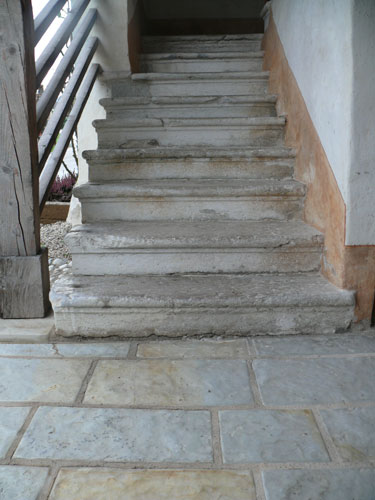
Restoration of old Cugnan stone pavement. Staircase in old Castellavazzo stone. “De Gusto” restaurant, Levego, Belluno.
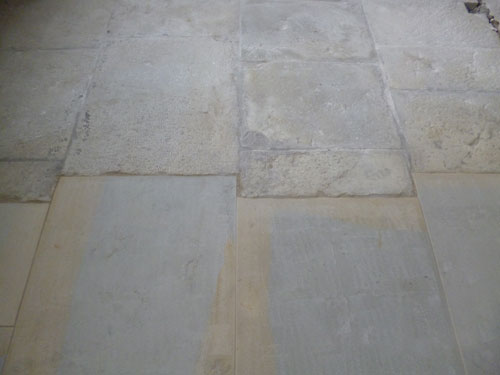
Floor detail: juxtaposition of old and new paving, Palazzo Bembo, Belluno.
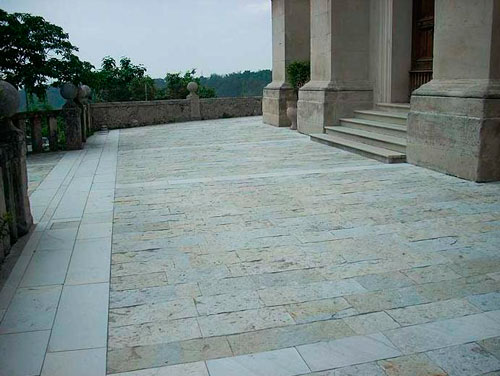
Detail: pavement, Fregona Church square, TV.
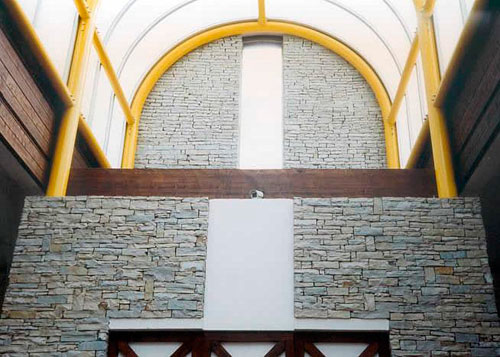
Detail: dry stone wall, Pian di Vedoia AUTOGRILL project, Ponte nelle Alpi.
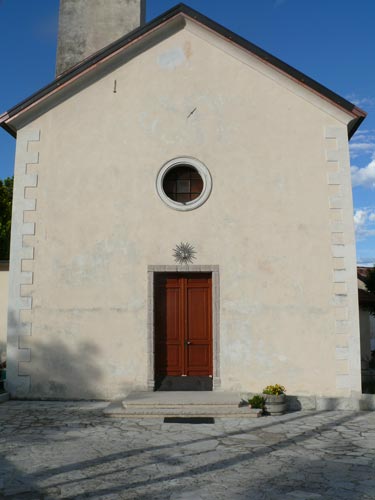
Salce church, Belluno.
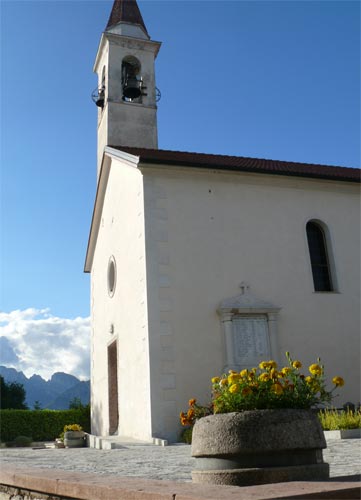
Salce church, Belluno.
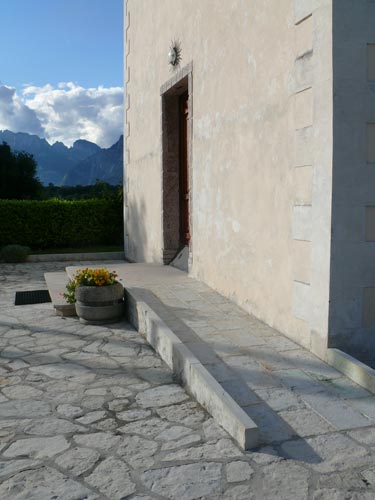
Detail: external pavement in Cugnan stone. Salce, Belluno.
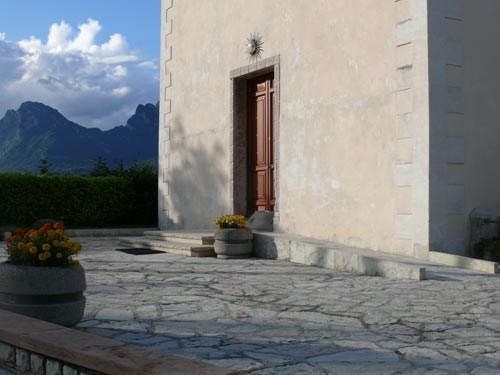
Detail: external pavement in Cugnan stone. Salce, Belluno.
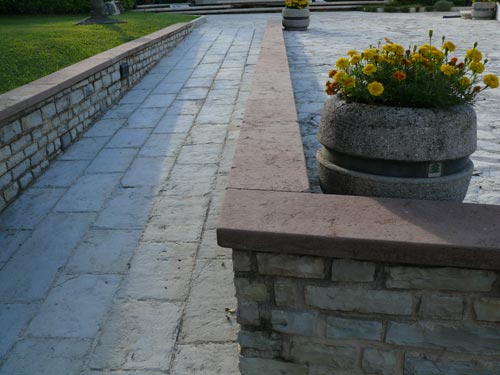
Detail: low wall in Cugnan stone with coping in Rosso Secca. Salce, Belluno.
The Stone and its architecture yesterday
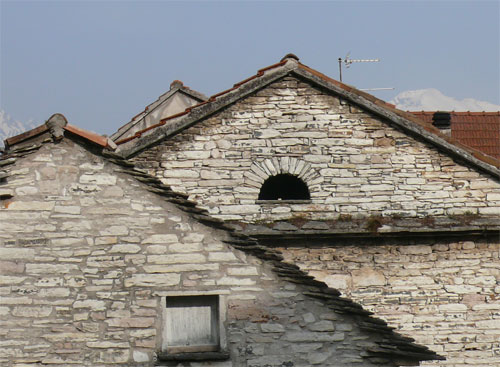
Detail: wall and arch-window-frame . Cugnan, Ponte nelle Alpi.
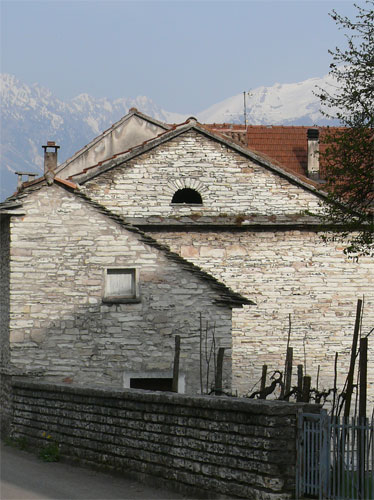
Walls of Cugnan houses. Cugnan, Ponte nelle Alpi.
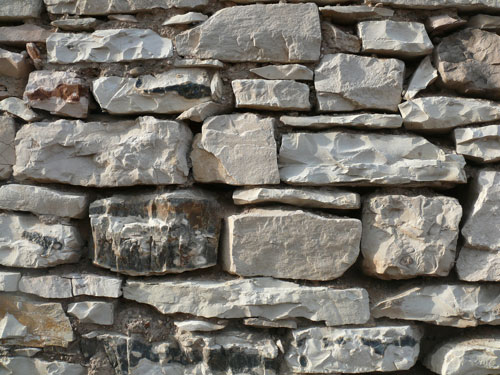
Detail: wall. Cugnan, ponte nelle Alpi.
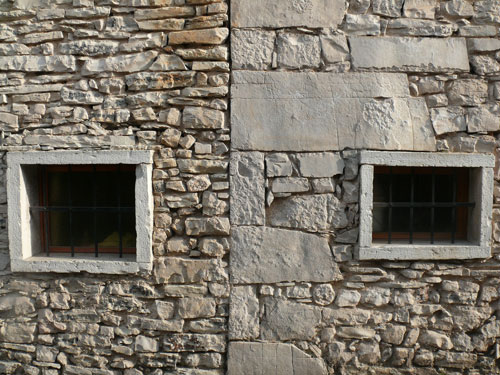
Detail: windows. Cugnan, ponte nelle Alpi.
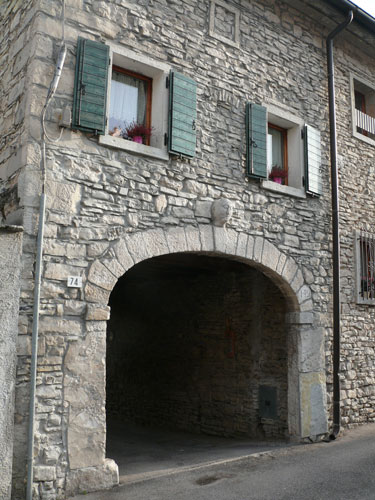
Detail: arch. Cugnan, Ponte nelle Alpi.
